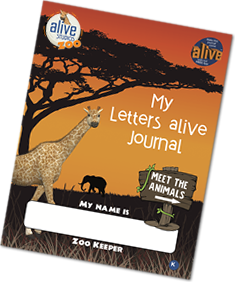“I’m such a big fan of augmented reality as an additional secret weapon in my arsenal of teaching tools!” ~ Adam Peterson

Guest Blogger: Adam Peterson
Pre-K/K Educator, Author, Speaker, and Educational Consultant
Follow me: https://www.instagram.com/teacherslearn2/
4 Benefits of Using Augmented Reality in the Classroom and Virtual
An “interactive experience of a real-world environment enhanced by computer-generated perceptual information” sounds like something you’d read as a warning label on a sign before entering a dark ride at your favorite amusement park. But, in reality (no pun intended), this definition describes something that is being used in classrooms all over the world to give students an engaging learning experience like no other. That experience happens through something called augmented reality (AR). First invented in the early 1990’s AR has made its way from being used to simulate training exercises in the Air Force, to commercial businesses in the entertainment and gaming industries, important use in the medical field, and into the hands of teachers and students in the world of education.
Cynthia B. Kaye, CEO & Chief Zoo Keeper at Alive Studios, LLC witnessed an early form of AR by chance one day and never looked back. She paired AR with an educational need her two sons had and it inspired a love of learning that has now reached classrooms around the globe!
 My personal journey with AR started in a much different way than Cynthia’s, but it’s one I’ll never forget. I had heard about Alive Studios from friend and fellow educator, Greg Smedley-Warren, but had never witnessed it in person. That all changed at a national teacher conference in Las Vegas. I was roaming around the exhibit hall between my presentations and heard the trumpet of an elephant and the moo of a cow! I was instantly captivated and found myself turning the direction of the animal sounds. I was amazed at how many people had surrounded the booth for Alive Studios and more amazed by the animal sounds and actions I was hearing and seeing! I was instantly hooked and have never looked back. I introduced Letters alive to my kindergarten students that Fall and saw immediate engagement as well as academic results. Over the past five years I have continued to use Letters alive, Math alive, Journals alive, and now Classrooms alive with all the Alive Studios’ resources. I currently work with children ages 3-7 and all age groups love it every time we turn on our panel and they hear the Alive Studios theme music and animal noises.
My personal journey with AR started in a much different way than Cynthia’s, but it’s one I’ll never forget. I had heard about Alive Studios from friend and fellow educator, Greg Smedley-Warren, but had never witnessed it in person. That all changed at a national teacher conference in Las Vegas. I was roaming around the exhibit hall between my presentations and heard the trumpet of an elephant and the moo of a cow! I was instantly captivated and found myself turning the direction of the animal sounds. I was amazed at how many people had surrounded the booth for Alive Studios and more amazed by the animal sounds and actions I was hearing and seeing! I was instantly hooked and have never looked back. I introduced Letters alive to my kindergarten students that Fall and saw immediate engagement as well as academic results. Over the past five years I have continued to use Letters alive, Math alive, Journals alive, and now Classrooms alive with all the Alive Studios’ resources. I currently work with children ages 3-7 and all age groups love it every time we turn on our panel and they hear the Alive Studios theme music and animal noises.
 Since the introduction of AR into education the world has changed and many teachers, administrators, and parents are looking for new and exciting ways to engage early learners after a year of learning through a pandemic that was anything but ordinary for most. The success of Alive Studios can easily be attributed to Cynthia and her amazing team, but they will all agree their success lies in the hands of the educators around the world who are embracing AR and using it to enhance lessons and engage their students. Great! So now we have an exciting new way to engage learners but how do we use that to fuel academic growth and see progress in all types of learners? Well, the key to this purpose isn’t the technology behind AR or the exciting things it can do, but rather the ways in which teachers are harnessing the power of this technology and tying it together with impactful lessons to create a winning combination. With every classroom around the globe looking for ways to continuously evolve with the ever-changing world we live in, let’s take a look at four benefits that AR can bring as a new addition to a teacher’s arsenal of activities and lessons they use throughout the year.
Since the introduction of AR into education the world has changed and many teachers, administrators, and parents are looking for new and exciting ways to engage early learners after a year of learning through a pandemic that was anything but ordinary for most. The success of Alive Studios can easily be attributed to Cynthia and her amazing team, but they will all agree their success lies in the hands of the educators around the world who are embracing AR and using it to enhance lessons and engage their students. Great! So now we have an exciting new way to engage learners but how do we use that to fuel academic growth and see progress in all types of learners? Well, the key to this purpose isn’t the technology behind AR or the exciting things it can do, but rather the ways in which teachers are harnessing the power of this technology and tying it together with impactful lessons to create a winning combination. With every classroom around the globe looking for ways to continuously evolve with the ever-changing world we live in, let’s take a look at four benefits that AR can bring as a new addition to a teacher’s arsenal of activities and lessons they use throughout the year.
1. Engagement
Creating engaging lessons has been, is, and always will be something teachers are constantly trying to do to make sure they have grasped the attention of even the most reluctant learners. With augmented reality, engagement comes naturally.  When a child witnesses a lion pop out of a computer screen after their teacher holds a card with the letter “L” under a document camera, they can’t help but be engaged. Now pair that lion with a roar that echoes off the walls of the classroom and engagement is taken to a whole new level. That’s just one small example of how Alive Studios uses AR technology paired with skills children are learning to increase engagement. The oohs and ahhs, screams of excitement, and wide-eyed stares as Alive Studios zoo animals appear to jump out of the screen are confirmations of your students’ engagement and eagerness to learn!
When a child witnesses a lion pop out of a computer screen after their teacher holds a card with the letter “L” under a document camera, they can’t help but be engaged. Now pair that lion with a roar that echoes off the walls of the classroom and engagement is taken to a whole new level. That’s just one small example of how Alive Studios uses AR technology paired with skills children are learning to increase engagement. The oohs and ahhs, screams of excitement, and wide-eyed stares as Alive Studios zoo animals appear to jump out of the screen are confirmations of your students’ engagement and eagerness to learn!
2. Academic Growth
When children are engaged in learning, they learn more. Plain and simple. We all know from personal experience that we are more focused when we are interested in what we’re learning about which in turn leads to our increased understanding of the content.  With AR this can be stretched across multiple subjects from letters and sounds, to numbers and counting, and so much more. In one case study, done with early learners in Gwinnett County Schools in Georgia, Bridget Saldana recorded a growth of over 50% knowledge of Uppercase Letter Recognition with her students when using augmented reality with Alive Studios. And that’s only her results for Uppercase Letters. Take a look at this graphic to see the amazing results she saw in other areas.
With AR this can be stretched across multiple subjects from letters and sounds, to numbers and counting, and so much more. In one case study, done with early learners in Gwinnett County Schools in Georgia, Bridget Saldana recorded a growth of over 50% knowledge of Uppercase Letter Recognition with her students when using augmented reality with Alive Studios. And that’s only her results for Uppercase Letters. Take a look at this graphic to see the amazing results she saw in other areas.
This case study results chart, taken from AliveStudiosZoo.com, is just one example of the academic power AR can have. AR doesn’t just have an effect on young learners though; the use of AR can be found in higher grade levels as well with mobile apps like Photomath which helps students interpret an equation simply by scanning a worksheet. When put to use in the classroom AR can have profound impacts on the progress of all types of learners, across all grade levels, and in all subject matters. With Alive Studios and their combination of zoo animals they have been able to strategically add lessons that include reading, math, science, and more into their AR experience. Pair the technology with their ready-to-implement lesson plans and teachers can begin their AR journey to academic success with little to no preparation!
3. Multi-Sensory Experience
One of the toughest jobs educators have is being able to meet the needs of all students in the classroom. This doesn’t just mean students of varying academic abilities but, more importantly, students with varying styles of learning. At any given moment a classroom can be filled with a mix of students who are visual learners, auditory learners, etc. Trying to plan lessons that have a multi-sensory teaching approach can sometimes be a daunting task and takes time. With AR, teachers can combine visuals and sounds together with interactive lessons in an immersive way that is sure to captivate and reach all types of learners.  I experienced this success first hand with one of my own students recently and have been amazed at the results I’m seeing. A student of mine who has a sensory processing disorder and is seeing me for help with basic math skills was struggling one day to do basic one-to-one counting. We worked and worked at this with different manipulatives, games, and other activities but nothing seemed to click. So, I turned on Math alive using our touch screen panel and opened the Counting and Comparing module. Within seconds, my student was touching items on screen and counting aloud along with the system’s voice as he touched each item. By the end of our lesson he was back at the table counting manipulatives in a much more successful manner. I was amazed at how quickly he picked up the skill after teaching it through a multi-sensory approach. The physical touch, the auditory counting, and the fun interactive graphics did more for him than anything I had tried previously. I credit Alive Studios for the success I’m seeing with this student, as well as others who need a multi-sensory style of learning!
I experienced this success first hand with one of my own students recently and have been amazed at the results I’m seeing. A student of mine who has a sensory processing disorder and is seeing me for help with basic math skills was struggling one day to do basic one-to-one counting. We worked and worked at this with different manipulatives, games, and other activities but nothing seemed to click. So, I turned on Math alive using our touch screen panel and opened the Counting and Comparing module. Within seconds, my student was touching items on screen and counting aloud along with the system’s voice as he touched each item. By the end of our lesson he was back at the table counting manipulatives in a much more successful manner. I was amazed at how quickly he picked up the skill after teaching it through a multi-sensory approach. The physical touch, the auditory counting, and the fun interactive graphics did more for him than anything I had tried previously. I credit Alive Studios for the success I’m seeing with this student, as well as others who need a multi-sensory style of learning!
 4. Perfect For Virtual Learning
4. Perfect For Virtual Learning
The pandemic shed a spotlight on virtual learning and as schools were thrust into this new style of teaching, teachers were looking for as many ways as possible to keep their students engaged. Alive Studios to the rescue! With AR already being a computer and app based program teachers found it super easy to add it to their virtual lessons to capture and hold student attention. I personally had a very rewarding experience with virtual teaching using Alive Studios AR to teach 3, 4, and 5 year olds during Zoo School: Letters and Sounds Zoo Camp! We met 4 days a week for 7 weeks for 30-minutes a day. Thanks to the 3D AR magic, real animal videos, and zoo-themed lessons from Alive Studios, I was able to easily engage, hold meaningful conversations, interact with, and check for understanding with my kids. As the future of this school year is unknown, and virtual learning still looms in the shadows, I strongly encourage teachers to take a deeper look into Alive Studios and the enhancements it can offer to your virtual lessons through augmented reality!
It’s no secret that these are just a few of the benefits AR can bring to education. Schools and teaching styles are changing year after year and approaches to teaching and learning need to adapt to changing times. While I still love classic games, activities, songs, and dances as a way to enhance my teaching, I’m such a big fan of augmented reality and Alive Studios as an additional secret weapon in my arsenal of teaching tools!
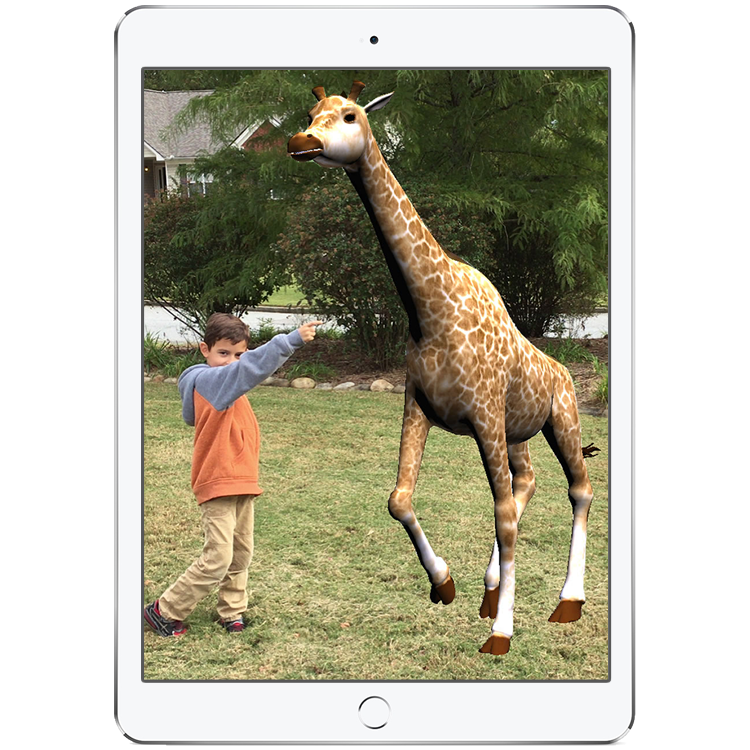 So how does one get started with augmented reality in the classroom? As mentioned above, there are mobile apps available from 3rd party sources that can be a great starting point for introducing AR to your students and learning how to use it for yourself. This low-cost (and often free) approach might be a perfect place for teachers who are looking for a quick way to add a little bit of AR into different lessons. For a more immersive and well-rounded approach to teaching early literacy and math skills, look no further than Alive Studios’ mobile apps and computer software resources! Cynthia and her team have taken out all the stops in their quest to bring AR to students and teachers no matter what their level of experience with it may be. From the My Journals alive Student Journals and free mobile app that puts AR in the hands of individual learners, to Letters alive and Math alive that allow teachers to enhance their lessons with AR the opportunities are endless with Alive Studios!
So how does one get started with augmented reality in the classroom? As mentioned above, there are mobile apps available from 3rd party sources that can be a great starting point for introducing AR to your students and learning how to use it for yourself. This low-cost (and often free) approach might be a perfect place for teachers who are looking for a quick way to add a little bit of AR into different lessons. For a more immersive and well-rounded approach to teaching early literacy and math skills, look no further than Alive Studios’ mobile apps and computer software resources! Cynthia and her team have taken out all the stops in their quest to bring AR to students and teachers no matter what their level of experience with it may be. From the My Journals alive Student Journals and free mobile app that puts AR in the hands of individual learners, to Letters alive and Math alive that allow teachers to enhance their lessons with AR the opportunities are endless with Alive Studios!





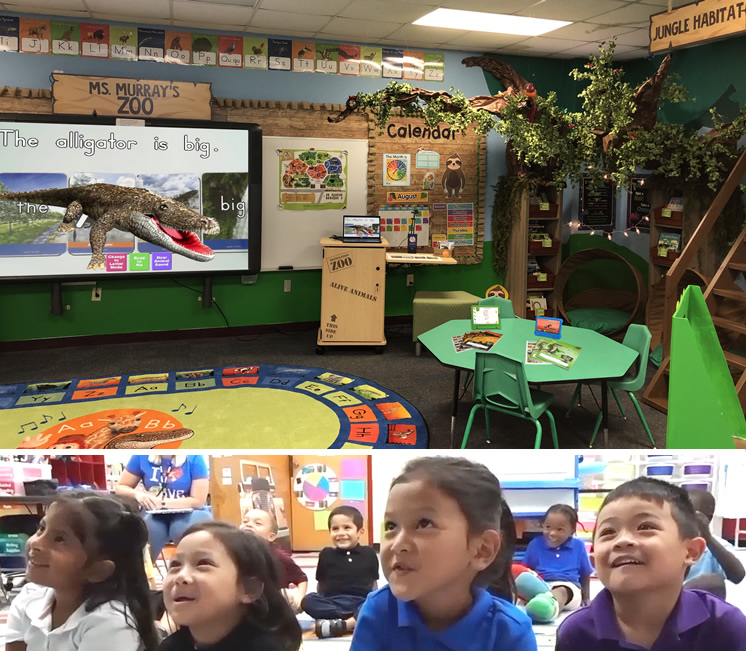 5.
5. 


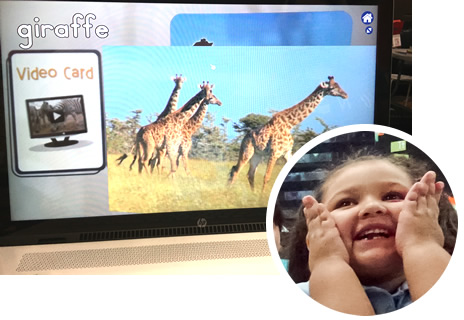 improve my students’ behavior while distance learning; I assign a “helper of the day.” My helper is able to verbally assist throughout each lesson. At the end of the lesson, I allow them to select one of the 26 animals for us to watch their habitat video so we can go on a virtual field trip. My kids LOVE this! They feel a sense of pride and accomplishment by playing an active role. Now all my students are at their best in hopes of being the helper for tomorrow!
improve my students’ behavior while distance learning; I assign a “helper of the day.” My helper is able to verbally assist throughout each lesson. At the end of the lesson, I allow them to select one of the 26 animals for us to watch their habitat video so we can go on a virtual field trip. My kids LOVE this! They feel a sense of pride and accomplishment by playing an active role. Now all my students are at their best in hopes of being the helper for tomorrow!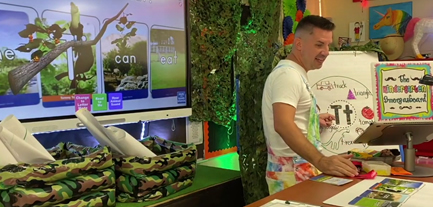

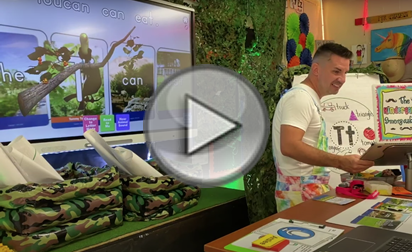
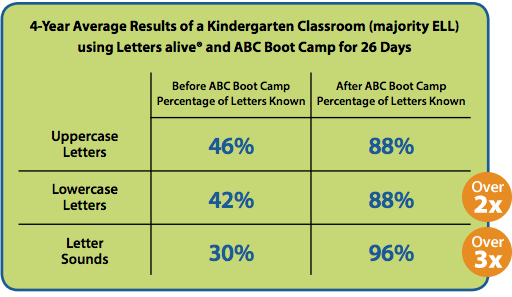
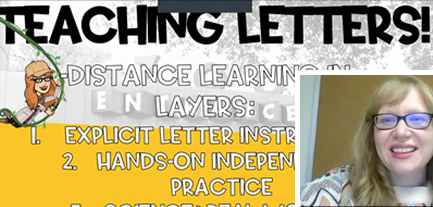




 My mom actually introduced Adaline to the
My mom actually introduced Adaline to the 